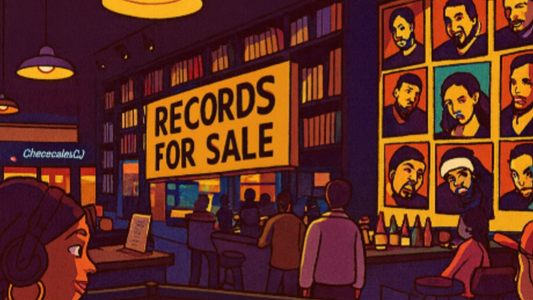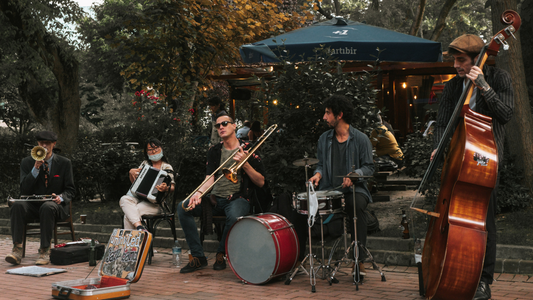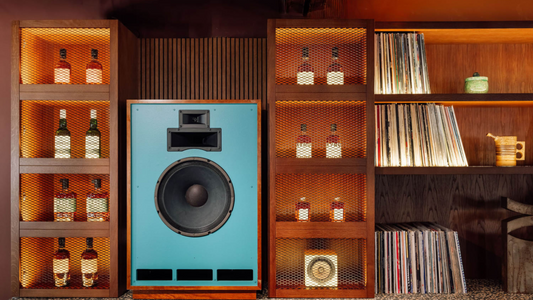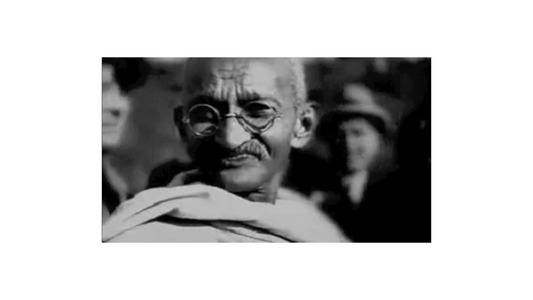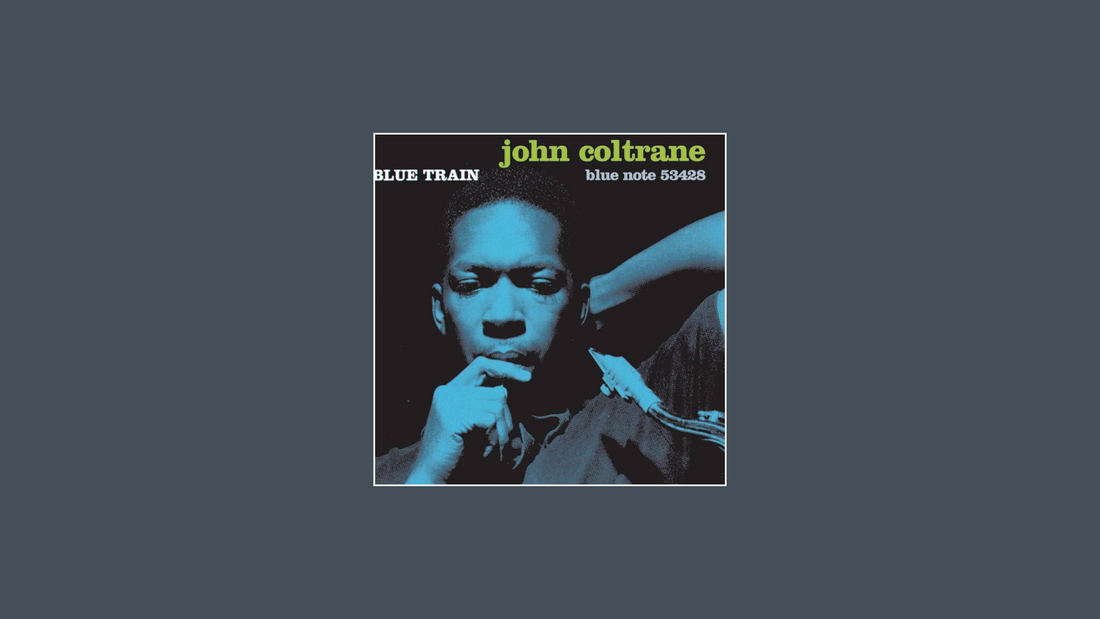
John Coltrane – Blue Train (1957)
A statement of intent pressed into wax.
By Rafi Mercer
Some albums feel inevitable the moment the needle touches down. Blue Train, recorded for Blue Note in 1957, is one of them. You drop the stylus, the horns call out, the rhythm section answers, and suddenly you’re in Coltrane’s world — a world that is both firmly rooted in the jazz tradition and already stretching toward the future. It is the only full session he led for Blue Note, but it tells you almost everything you need to know about why Coltrane would become a compass point for modern music.
Coltrane at this time was still in Miles Davis’s quintet, still shaping his voice, still wrestling with the sheets of sound that would soon define him. But here, given the freedom to lead his own date, he crystallised something different: clarity. He chose his band with care — Lee Morgan, just 19 and already brimming with fire, on trumpet; Curtis Fuller on trombone, rounding out a three-horn frontline; Kenny Drew at the piano; Paul Chambers on bass; and Philly Joe Jones on drums, sparking with restless energy. It’s a line-up that sits firmly in the Blue Note house style yet also bends to Coltrane’s intensity.
The title track sets the tone. That opening fanfare — horns in unison, weighty but poised — feels like an announcement. Coltrane’s solo is restless but anchored, the notes tumbling forward with a logic that feels both inevitable and surprising. Lee Morgan counters with youthful brio, slicing lines that dance around the beat, while Fuller’s trombone adds warmth and grit. Behind them, Chambers and Jones lock the groove, propulsive without ever hurrying, and Drew’s comping gives space and shape. It is hard bop at its most complete: bluesy, swinging, and exploratory all at once.
Then comes “Moment’s Notice,” a tune that every jazz musician has sweated over. Its chord changes are notoriously quick, demanding fluency and invention at speed. Coltrane handles them like a sculptor chipping marble, carving out shapes that still resonate decades later. “Locomotion” is playful, a riff-based blues that lets the horns trade phrases like kids passing a ball in the street. “I’m Old Fashioned” offers the ballad respite, Coltrane’s tenor suddenly tender, each note placed as if it matters more than the last. And “Lazy Bird,” with its nod to Tadd Dameron’s “Lady Bird,” closes the album by reasserting Coltrane’s love of harmonic challenge, his hunger for new structures.
What’s remarkable, listening now, is the balance. Coltrane was known for intensity, but on Blue Train he is also a master of pacing. He knows when to drive, when to ease, when to let the ensemble breathe. This is why the record has endured not just as a player’s favourite but as a listener’s. It communicates. It speaks in full sentences, not just flurries.
On vinyl, the Blue Note production shines. Rudy Van Gelder’s engineering captures the horns with warmth and presence, the cymbals crisp without harshness, the bass resonant and steady. It’s a record that begs to be played through a good system — the kind of setup you’d find in a Tokyo kissaten or a Brooklyn listening bar, where detail is treated as a form of hospitality. Played in such a space, Blue Train doesn’t just swing; it anchors the room, reminding everyone present why jazz became the modern language it is.
What makes it special for a listening bar is its dual identity. To the casual ear, it’s accessible — bluesy, melodic, immediately engaging. To the deep listener, it’s a text to study, every solo a map of choices and possibilities. That double quality makes it ideal for shared listening: it can charm, it can challenge, it can do both in the same phrase.
Coltrane would go on to many greater things — Giant Steps, A Love Supreme, Ascension — but Blue Train is where his intent becomes unmistakable. It’s where he says, without words, that he is here to move jazz forward, and that he will not be content to stay still. Listening now, nearly seventy years on, the music hasn’t dimmed. If anything, it glows brighter because we know what followed.
For a home listening ritual, this is one of those albums you can put on at almost any hour. Morning, it energises. Evening, it steadies. Late night, it reveals. There aren’t many records that work across the arc of a day with such generosity. That’s why it belongs in the Tracks & Tales listening shelf. It’s not just a Blue Note classic. It’s a reminder of how conviction, craft, and curiosity can be pressed into wax and remain alive decades later.
Drop the needle, hear the horns, and know you are listening to a turning point.
Rafi Mercer writes about the spaces where music matters. For more stories from Tracks & Tales, subscribe, or click here to read more.



